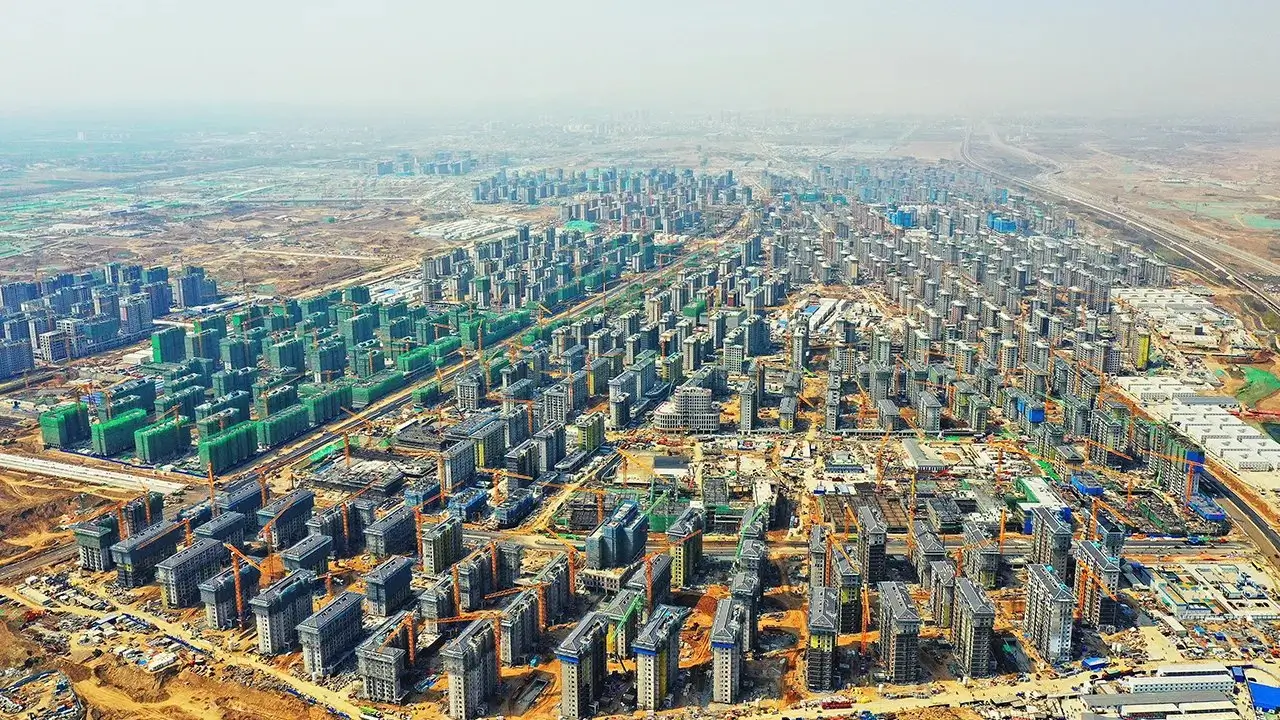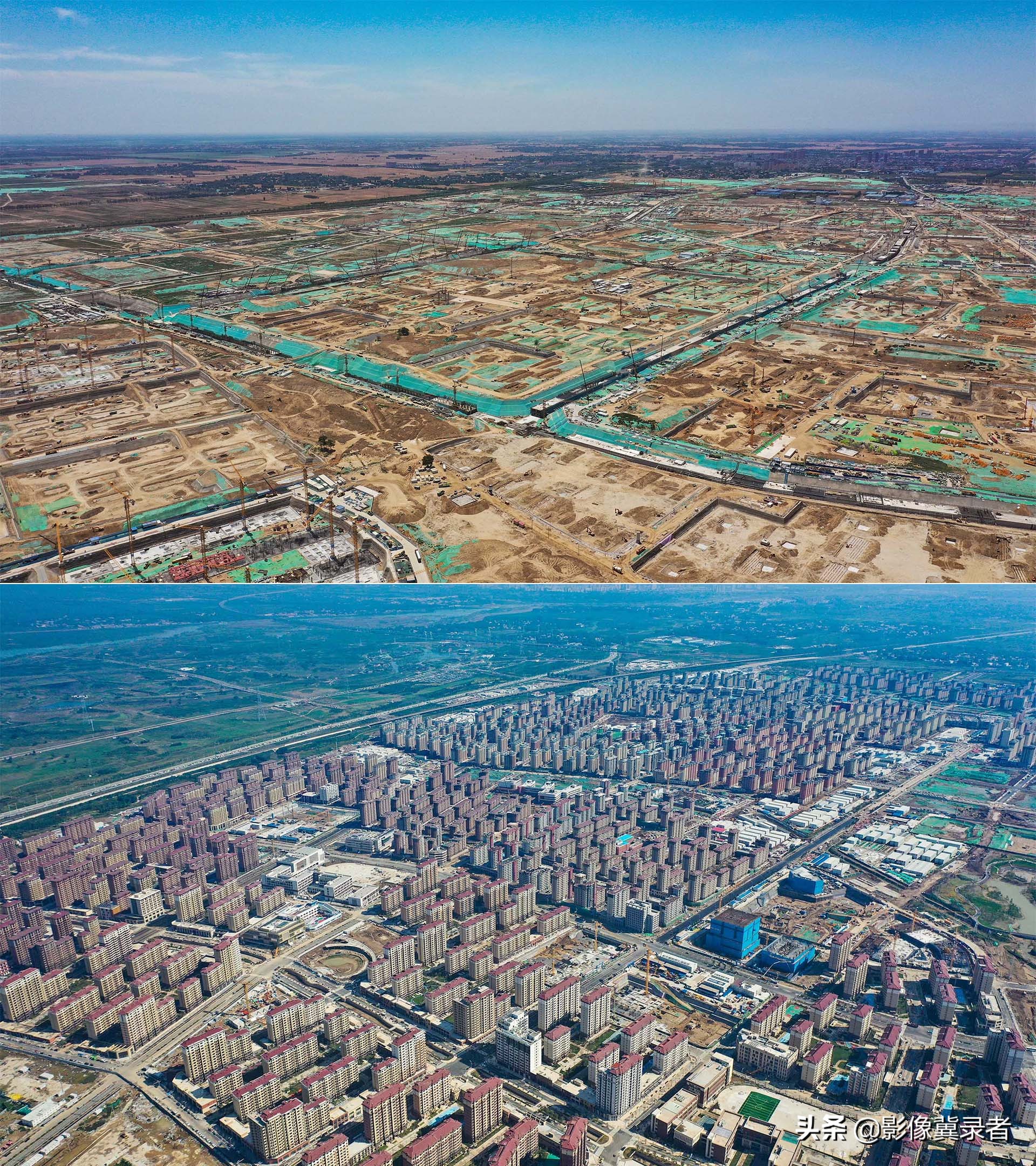Xiongan: China’s $93 Billion Ghost City

Сhina built a $93 BILLION megacity from scratch in 7 years. They turned cornfields into a metropolis 3x bigger than New York City. It has a train station the size of 88 football fields. But it's completely empty. Here's why no one wants to live in President Xi's dream city:
Let's start with scale. Xiongan spans 772 square miles, three times the size of New York City. It was built to ease pressure on Beijing's overcrowded population of over 20 million people. But something's deeply wrong with this experiment.
In 2017, this was just farmland and swamps. Today, it's a showcase of China's urban prowess:
• One of China's biggest train stations
• Modern office buildings
• Luxury hotels
But beneath this impressive facade lies a troubling reality:
The train station is the size of 88 football fields and it can handle 100,000 passengers daily. Yet when you visit, all you hear are the footsteps of cleaning staff echoing through empty halls. The contrast between ambition and reality is crazy And here's the disturbing truth:
To build this city, entire villages were flattened. Thousands of residents were displaced from their homes. The government's response? They were moved into newly completed apartment buildings. And in 2023, something shocking happened:

During deadly floods, officials made the controversial decision to divert flood waters away from Xiongan. Instead, the water flooded neighboring towns where people actually lived.
The reason?
This city is Xi Jinping's personal project.
Xi has staked his legacy on Xiongan's success. It's meant to showcase China's urban planning prowess to the world. But the reality is, you can't force a city into existence through sheer political will. And the numbers prove it.
The government claims 1.2 million people live here. But this figure includes surrounding areas that existed before Xiongan. Walk through the newly built areas and you'll find them eerily empty. Why aren't people moving in? The answer reveals a deeper issue.
The government implemented strict controls to prevent speculation:
• Limited types of businesses allowed
• Complete ban on real estate trading
• All housing is state-owned
• Strict price controls
But these controls had unintended consequences:
Without a free market, there's no incentive for businesses to move here. Without businesses, there are no jobs. Without jobs, people won't come. It's a vicious cycle that reveals the flaw in top-down urban planning.
You can build the infrastructure. You can construct the buildings. But you can't mandate the organic growth that makes a city thrive. The human element is missing. And unlike other successful projects like Shenzhen.
Xiongan is being built as China faces:
• Declining population growth
• Decoupling from the West
• Economic slowdown
Yet the government projects 5 million city residents in the coming decades. But the reality is.
Xiongan might become the world's most expensive ghost town.A $93 billion monument to the limits of centralized planning. But there's an even more concerning implication.
This project is too big to fail politically. Xi has invested too much of his reputation. So resources will keep flowing in, regardless of results. The human and economic costs will continue mounting.
The lesson is clear: Centralized planning often leads to inefficiency and waste